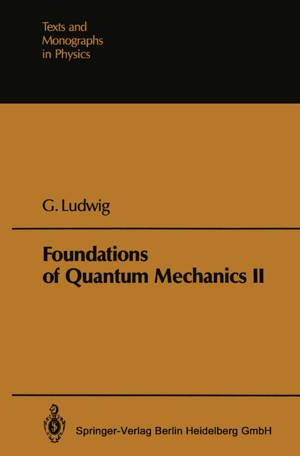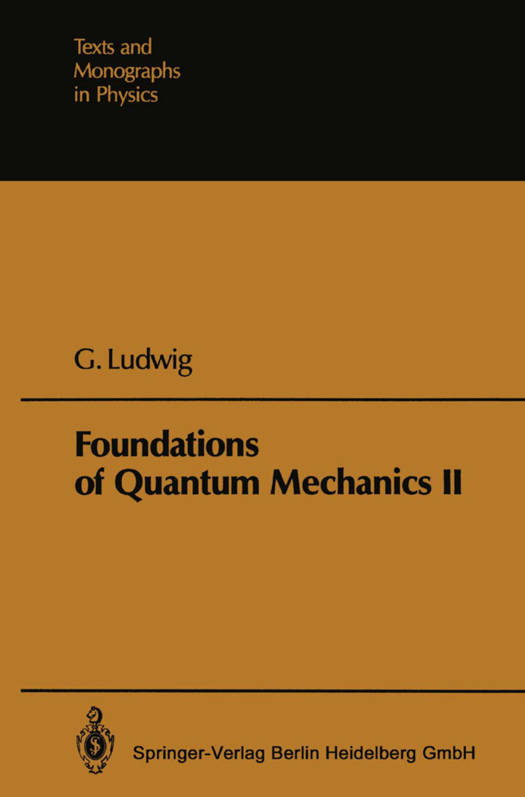
- Afhalen na 1 uur in een winkel met voorraad
- Gratis thuislevering in België vanaf € 30
- Ruim aanbod met 7 miljoen producten
- Afhalen na 1 uur in een winkel met voorraad
- Gratis thuislevering in België vanaf € 30
- Ruim aanbod met 7 miljoen producten
Zoeken
Omschrijving
In this second volume on the Foundations of Quantum Mechanics we shall show how it is possible, using the methodology presented in Volume I, to deduce some of the most important applications of quantum mechanics. These deductions are concerned with the structures of the microsystems rather than the technical details of the construction of preparation and registration devices. Accordingly. the only new axioms (relative to Volume I) which are introduced are concerned with the relationship between ensemble operators W, effect operators F, and certain construction principles of the preparation and registration devices. The applications described here are concerned with the measurement of atomic and molecular structure and of collision experiments. An additional and essential step towards a theoretical description of the preparation and registration procedures is carried out in Chapter XVII. Here we demonstrate how microscopic collision processes (that is, processes which can be described by quantum mechanics) can be used to obtain novel preparation and registration procedures if we take for granted the knowledge of only a few macroscopic preparation and registration procedures. By clever use of collision processes we are often able to obtain very precise results for the operators Wand F which describe the total procedures from a very imprecise knowledge of the macroscopic parts of the preparation and regis- tration processes. In this regard experimental physicists have done brilliant work. In this sense Chapter XVII represents a general theoretical foundation for the procedures used by experimental physicists.
Specificaties
Betrokkenen
- Auteur(s):
- Uitgeverij:
Inhoud
- Aantal bladzijden:
- 416
- Taal:
- Engels
- Reeks:
Eigenschappen
- Productcode (EAN):
- 9783662272411
- Verschijningsdatum:
- 1/01/1985
- Uitvoering:
- Paperback
- Formaat:
- Trade paperback (VS)
- Afmetingen:
- 156 mm x 234 mm
- Gewicht:
- 607 g

Alleen bij Standaard Boekhandel
+ 210 punten op je klantenkaart van Standaard Boekhandel
Beoordelingen
We publiceren alleen reviews die voldoen aan de voorwaarden voor reviews. Bekijk onze voorwaarden voor reviews.











